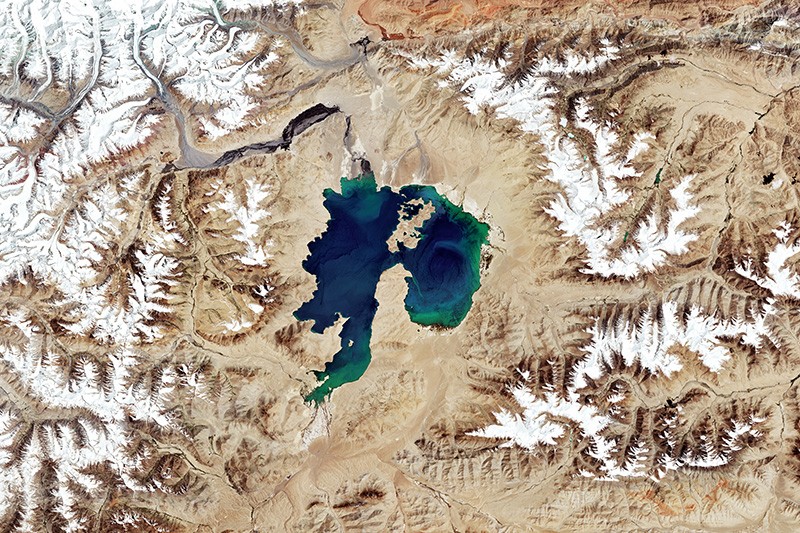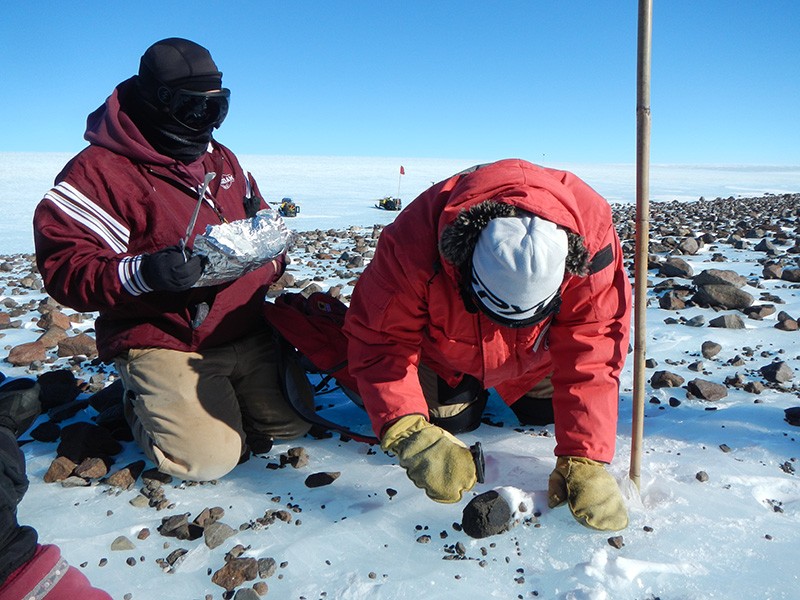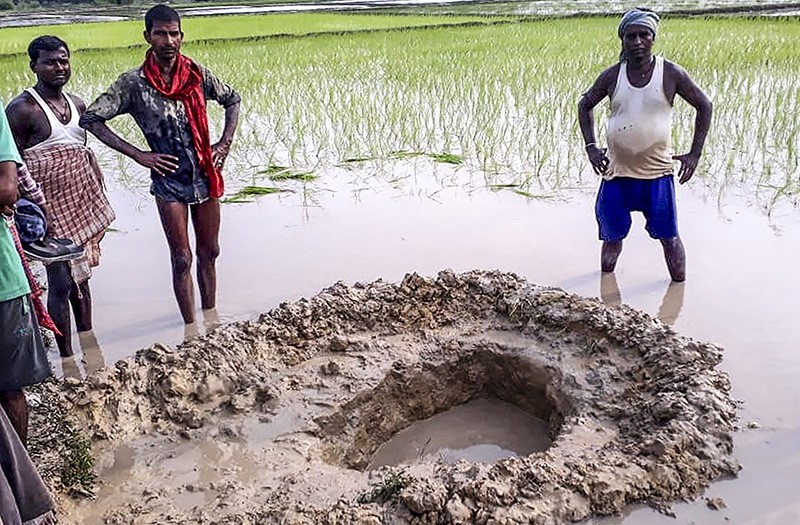Meteorite: The Stones From Outer Space That Made Our World Tim Gregory John Murray (2020)
On the afternoon of 13 December 1795, three ploughmen in Yorkshire saw something astonishing. A stone plummeted from the sky and buried itself deep into the ground near the village of Wold Newton. Neighbours came running at what sounded like pistol fire. In the earth, they found a warm stone about the size of a loaf of bread.
This unusual rock — unlike any known in England at the time — eventually found its way into the hands of several scientists, including the chemist Edward Howard. He analysed it and several other stones that had been seen to fall from the sky across Europe. In a landmark 1802 paper, Howard linked all these rocks into a new class — the extraterrestrial objects that have come to be known as meteorites (E. C. Howard Phil. Trans. R. Soc. 92, 168–212; 1802).
Meteorites are like cosmic time capsules. They carry details of events from the earliest days of the Solar System. Scientific sleuths carefully analyse cosmochemical evidence, such as variations in the ratios of the three naturally occurring isotopes of oxygen in the rock — data that can seem esoteric to the uninitiated. I usually recommend the book Meteorites and Their Parent Planets, by Harry McSween, as an approachable text for anyone wishing to learn more. But its most recent edition was published in 1999, and much has transpired in the field in the two decades since. Happily, I have a new book to recommend.
In Meteorite, chemist and geoscientist Tim Gregory weaves a colourful tapestry of historical and scientific stories with an eye towards the latest developments. A passionate communicator, Gregory conjures environments and events far outside the human experience. Consider this description of the infant Sun, 4.5 billion years ago: “Turbulent winds and eddies in the thin wisps of gas further concentrated dust into whirling clouds like cosmic tumbleweeds.”
Out of thin air
He begins with the extraordinary circumstances surrounding several historic meteorite finds and falls, including the Wold Newton stone. But humanity’s fascination with meteorites stretches back much earlier: he describes how an iron dagger found in the tomb of the Egyptian pharaoh Tutankhamun, from around 1350 bc, was fashioned from a fallen meteorite.
Next comes the history of how clusters of meteorites were discovered in Antarctica and the hot deserts of the world, where low rates of precipitation mean there is little of the erosion that could otherwise degrade the fallen stones. Meteorite-hunting expeditions from countries including the United States and Japan regularly travel to Antarctica, where the movement of ice sheets carries meteorites like a conveyor belt, concentrating them in certain regions.
Gregory explains how modern analytical tools measure the chemical compositions of meteorites with unprecedented precision and accuracy. He describes “drops of fiery rain” that formed when clumps of primordial dust flash-heated to make round droplets, which quickly solidified and then accreted with other solids into asteroid-sized bodies and planetary embryos. These solidified droplets, or chondrules, are found in some of the most common types of meteorite, called chondrites; understanding the processes that formed them gives insights into how planets came together in the early Solar System.
And meteorites can reveal information even older than our Solar System. They contain clues to the nature of the space between the stars and the dense molecular clouds that can form there, as well as how newborn stars fuse elements. Studies of meteorites and their components have revealed that the place in our Galaxy where the Solar System arose was a much more active star-forming region than our current astrophysical environment.
Gregory also delves into meteorites from the Moon and Mars, as well as significant terrestrial impacts (particularly the one 66 million years ago that extinguished almost three-quarters of plant and animal species on Earth, including the non-avian dinosaurs). Along the way, he provides some of the most lucid explanations of the physical and chemical principles of meteoritics and cosmochemistry that I have come across in a popular book. He explains how gravitational tugs between Jupiter and asteroids in the asteroid belt lead to orbital resonances that throw asteroids off course and help to deliver meteorites to Earth. He discusses how scientists can use the oxygen-isotope compositions of meteorites as a ‘fingerprint’ to discover where in the solar nebula they formed, or use rare isotopes of other elements to determine how long a rock has been exposed to cosmic rays in interplanetary space.
A couple of prominent figures who shaped the field are not mentioned. One is Harvey Nininger: self-taught, his extensive research and collection efforts laid the foundations of modern meteoritics in the 1930s. (Amateur collectors continue to have an important role in advancing the field, by making new types of meteorite more readily accessible to researchers.) Another is William Cassidy, who helped to establish systematic meteorite-collection efforts in Antarctica.
This exemplary book deserves a second edition — with more illustrations, photographs, references and citations. After all, meteorites offer a way to unravel the mysteries of our planet, the Solar System and beyond. By studying them, Gregory writes, “We have discovered a story written across light years down the barrel of a microscope, and come face to face with the grandest of timescales.”
"story" - Google News
January 25, 2021 at 07:55PM
https://ift.tt/2MjYBpS
Meteorites: 'a story written across light years down the barrel of a microscope' - Nature.com
"story" - Google News
https://ift.tt/2YrOfIK
https://ift.tt/2xwebYA
Bagikan Berita Ini

















0 Response to "Meteorites: 'a story written across light years down the barrel of a microscope' - Nature.com"
Post a Comment